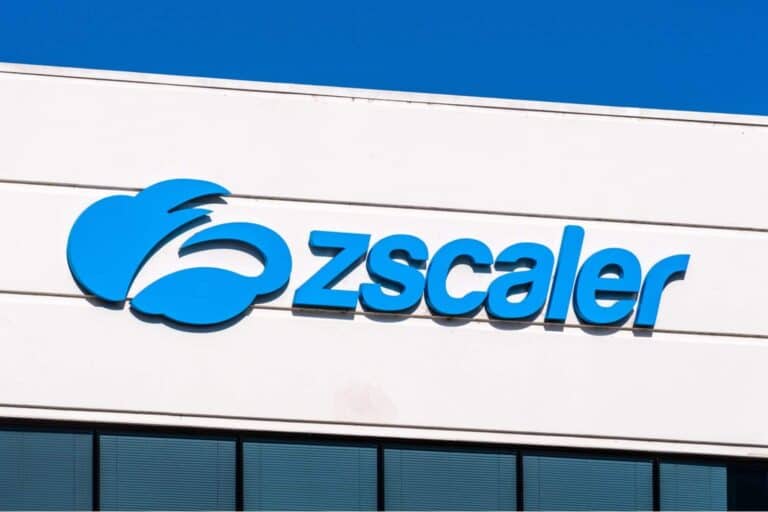With Zscaler Digital Experience, IT teams can monitor whether end users are experiencing the desired speed and connectivity. Today, this platform is gaining three new capabilities, each focused on the ultimate goal of simply resolving issues faster. This applies to both the short and long term.
The term Zscaler uses to define its goal is end-to-end visibility. In short, this involves mapping all relevant factors for the end user of an online IT solution. The causes of downtime vary, but for the user, it usually results in the same frustrations. According to IDC, organizations worldwide lose $250,000 per hour due to such downtime.
First and foremost, Zscaler is concerned with IT problems that are happening right now. However, we will also discuss end-user frustrations that organizations can solve in the medium term. Zscaler wants to map out both time frames.
Read also: Zscaler and CrowdStrike deepen SecOps collaboration
Network Intelligence
ZDX Network Intelligence is designed to tackle that downtime problem. The Zscaler Client Connector collects telemetry every five minutes via lightweight cloud probes. Latency, packet loss, and jitter are measured along the exact route that users take to applications. ML checks whether these metrics deviate from what is normal.
The system shows which ISP is causing problems and why performance is deteriorating. Teams can zoom in on specific Autonomous System Numbers (ASNs) to analyze intermediaries in traffic paths. Geographic segments with performance issues are also identified.
Severity indicators and peer analysis
Each route is color-coded: red for critical problems, yellow for minor issues. Network Operations teams can immediately see where bottlenecks are and correlate them with user experience scores.
The drill-down works from the BGP AS (Border Gateway Protocol – Autonomous System) level down to individual hops within that AS. Routers and links causing delays are made visible. Custom alert thresholds warn teams when anomalies occur. Whether it’s an underperforming ISP or regional latency spikes, the alerts enable teams to respond in a targeted manner.
The Peer Impact Analysis feature shows whether other Zscaler customers are experiencing the same problem with the same cause. This helps determine whether a problem is more widespread. By benchmarking packet loss and latency between ISPs, organizations can optimize their routing. Users can be redirected to better-performing data centers via ZIA configuration.
Multipath visualization for Managed Monitoring
Zscaler Managed Monitoring also tracks the availability and performance of SaaS and custom web apps from global Zscaler data centers. The new Multi-Path Visualization shows how traffic actually travels across the internet.
Unlike traditional traceroute, which shows only one possible route, this feature reveals all parallel paths created by load balancing, routing asymmetry, or ISP policies. IT teams can spot hidden bottlenecks, compare healthy and unhealthy routes, and pinpoint where performance issues arise.
Multi-Path Visualization aggregates traceroute on IP-TTL combinations over time and presents them in a single unified view. This allows teams to detect route flapping and transit inconsistencies and compare latency or loss between paths and hops. Transit ASNs, peering changes, and route shifts are visualized.
Device health and remote remediation
In addition to its focus on combating downtime, Zscaler is equally concerned with the problems that IT teams face in the medium term. For example, it is not always clear whether there is an acute problem or whether end users’ hardware no longer meets their speed requirements. Without objective ‘health scores’, IT teams do not know whether they really need a hardware refresh, according to Zscaler.
Device Scoring continuously assesses each device for CPU load, memory pressure, disk latency, Wi-Fi quality, and crash frequency. Instead of waiting for complaints, IT teams can immediately see which endpoints are causing problems. Endpoint Remediation promises to close the gap between detection and resolution. Admins can roll out approved scripts and fixes to hundreds of devices with a single click. The process is controlled, audited, and scales effortlessly.
Zscaler illustrates the advantage of this new feature as follows: where twenty remote sessions were previously required, two hundred devices can now be repaired with a single action. Device Scoring and Endpoint Remediation transform ZDX from a monitoring tool into an active experience management system.
